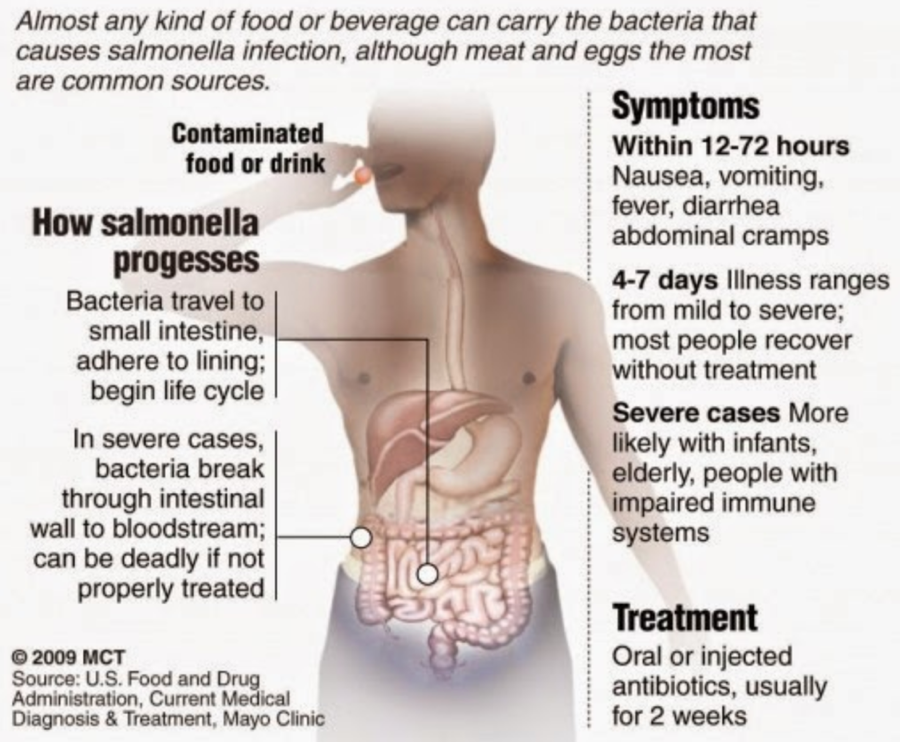Salmonella symptoms are very simple and easy to identify
The symptoms of Salmonella poisoning vary from person to person and are caused by the same strain of bacteria that causes many common food-borne illnesses, including E. coli and Shigella. While you are suffering from the symptoms of Salmonella, the first thing that you should do is consult with your doctor to get tested for Salmonella.
Salmonella symptoms are usually associated with diarrhea. Diarrhea that has not been well-managed can be a sign of serious problems. If you have had diarrhea in the past that lasts longer than a day, see a doctor right away. You may also have stomach cramps.
Another symptom of salmonella is headache, fever, or nausea. If you have any of these symptoms, you need to see your doctor immediately.
If you suspect you have Salmonella, you will need to be tested for Salmonella. This is best done at a local hospital. There are several hospital departments that offer this service and they are usually quite expensive, although it is worth it because Salmonella can harm you and others.
Salmonella symptoms are very easy to recognize when you are suffering from them. Salmonella rashes often start on the hands and then spread to other parts of the body. The rash itself can be quite unpleasant and is usually caused by consuming Salmonella.
If you think you may have salmonella, you need to take antibiotics to treat it. Antibiotics kill the salmonella bacteria and they can make your life much easier if you experience salmonella symptoms. In most cases, antibiotics are the best treatment for salmonella.

Food poisoning is not always caused by Salmonella but it is one of the most common causes of food poisoning
If you eat food that has Salmonella on it or you are in direct contact with food that has Salmonella, you should get help as soon as possible.
Salmonella is a bacteria that is easily prevented from growing and spreading. By eating foods that are properly cooked, not touching food that has been contaminated with Salmonella, and washing your hands thoroughly after touching the food, you can greatly reduce your chances of getting sick with Salmonella.
There are a few ways in which you can know if you have Salmonella. If you have diarrhea that is bloody and does not clear up within a couple of days, then you probably have Salmonella. A stomach ache or vomiting can also be caused by Salmonella, but it may take longer to show up because Salmonella is highly resistant to heat and can sometimes be hidden deep down in the food.
In some cases, Salmonella can be difficult to detect. If you have a fever or feel aching in your arms or legs, then you may have Salmonella. If you experience bad breath or stomach pain, then you may also have Salmonella.
Salmonella can also be found in your breast milk. The reason that breast milk is so hard to detect is that Salmonella can be killed by heat treatment.
To get a diagnosis of Salmonella, you must be tested by a physician. If you are worried that you have Salmonella then you can try to treat yourself. If you are able to get a prescription for antibiotics such as an erythromycin, tetracycline, or Erythromycin, then you can usually treat yourself without a doctor's help. The prescription will help treat the Salmonella in your body.
If you do not have access to an antibiotic prescription, then you can try to use home remedies to treat Salmonella. You can apply garlic to the rash. These will kill the Salmonella and give you relief from the symptoms.